

Anthony Crawford
1990 Lamborghini Countach review
6 Days Ago
Whether it's a lack of supply or a lack of buyer awareness, these 10 new cars simply don't sell well in Australia... and they ought to.

News Editor


News Editor
Toyota’s RAV4 has almost a quarter of the mid-sized SUV segment, while its Corolla has almost 30 per cent of the small car segment. But not every car can be a winner.
While the likes of Toyota can trounce its competition in almost every segment it competes in, other brands struggle to get this kind of cut-through even with genuinely good products.
There’s a vast number of vehicles on sale in Australia’s saturated new car market that account for only one per cent or less of their respective segments.
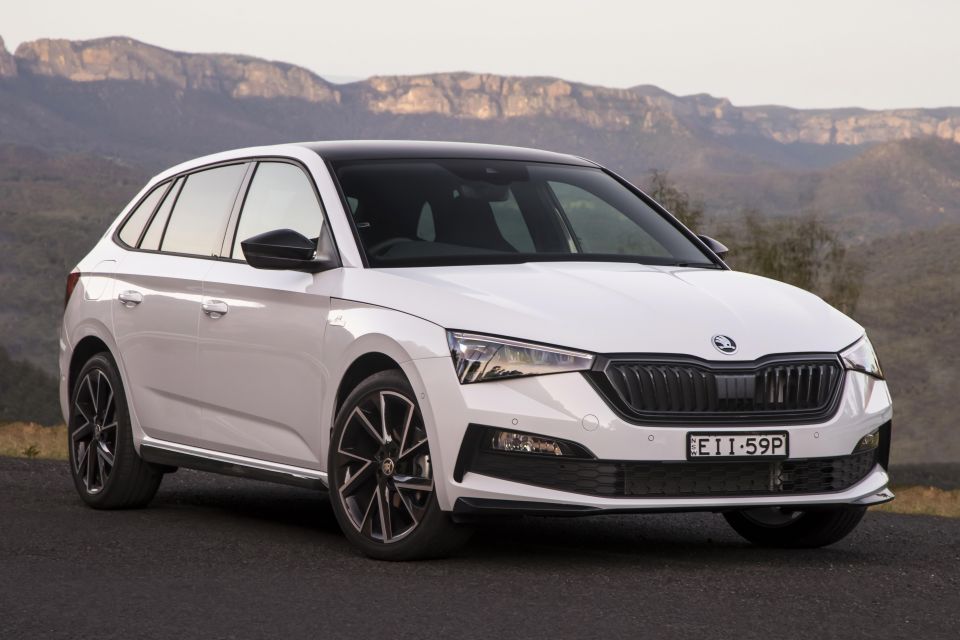
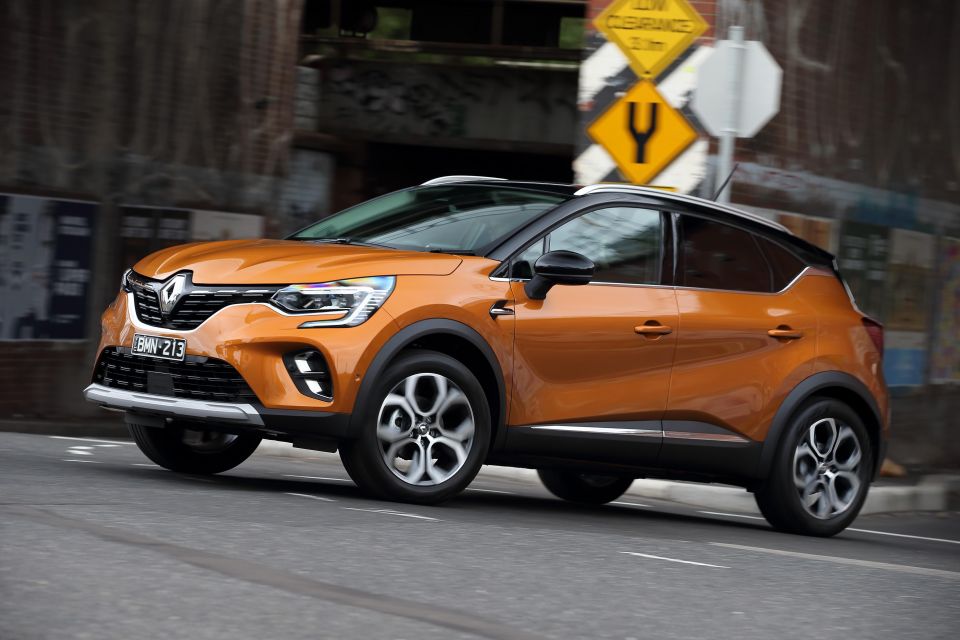


This could be for a number of reasons, including a limited dealership network, a lack of advertising, non-existent brand recognition, or even more popular products within their brand’s line-up.
There are other cars that only account for around a one per cent share of their segments, including the Renault Captur and Skoda Scala, but these are new models that have yet to truly ramp up in Australia.
Other models to achieve low shares are either ambitiously-priced (Honda Accord), showing their age (Haval H9), or both (Toyota Prius). Then there are niche performance models like the Ford Fiesta and Renault Megane, rippers to drive but aimed at a small enthusiast audience.
Here are some vehicles that sell in small numbers in Australia but deserve to do better.
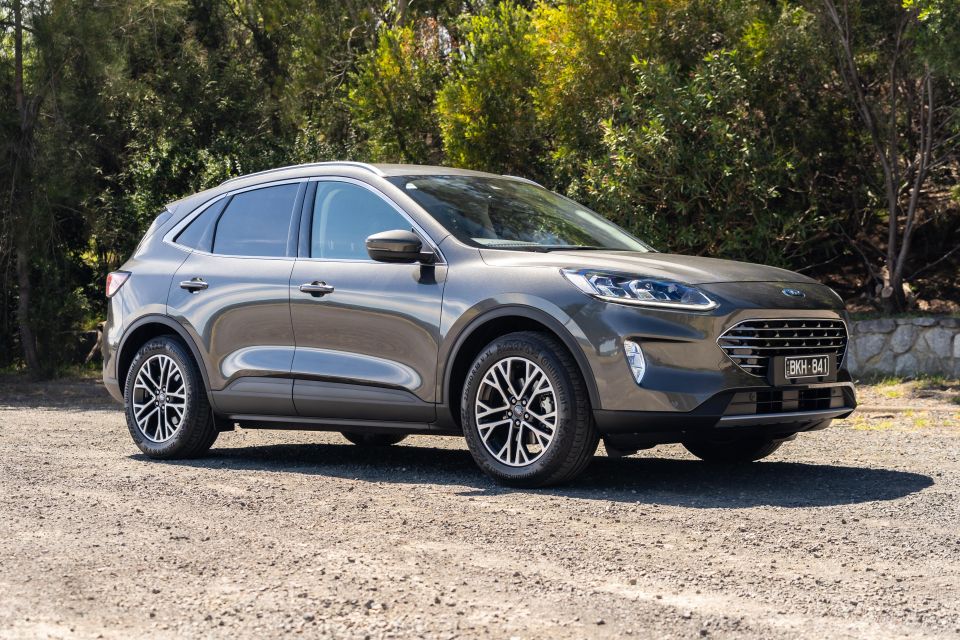
It’s easy to forget sometimes Ford even sells a mid-sized SUV here, even though that’s the second largest vehicle segment in Australia by volume. Even before COVID-19 and the associated parts shortages and shipping delays, the Escape nameplate – reintroduced to Australia in 2016 on an updated Kuga – has been one of the segment’s slowest sellers.
Year-to-date, Ford has sold 1243 Escapes, for a total segment share of 1.1 per cent. That puts it above only niche fare like the Citroen C5 Aircross, Jeep Cherokee, Peugeot 3008 and 5008, Renault Koleos and SsangYong Korando, and means the Escape is outsold by nearly five-to-one by the Honda CR-V.
Blame supply or blame Ford’s lack of advertising, but you can’t blame the product itself. Redesigned for 2021, the Escape may have its flaws but it has a lot of reasons to recommend it.


Perhaps the most powerful reason to buy the Escape is the turbocharged 2.0-litre four-cylinder engine that’s currently used in every Escape variant in Australia. Producing a class-leading 183kW of power and 387Nm of torque, it’s available even in the $35,990 before on-roads base model, while similarly powerful engines in the Mazda CX-5 and Volkswagen Tiguan are restricted to higher-grade variants. There’s also a full suite of safety features standard on all variants.
Flaws? The transmission has some low-speed jitters and the front-wheel drive models can feel overwhelmed by the powerful engine, while the interior uses quality materials but looks rather bland and the front seats won’t suit all body types.
Nevertheless, this is a vehicle that stands out by offering a high-output turbo engine at a lower price point than its rivals, while still offering the space and safety expected of a mid-sized family SUV.
MORE: Everything Ford Escape

Ford has already acknowledged the Focus is a slow-seller, axing the Trend and Titanium hatches for the 2021 model year and then killing the remaining non-performance hatchbacks for 2022.
It feels a bit like a self-fulfilling prophecy, given the current Focus was only introduced here in 2019 and has hardly been the recipient of an expansive marketing campaign. It also doesn’t come as much of a surprise as the Fiesta range had already been pared down to a single ST.
It’s a pity the ST-Line and Active are getting the chop. Both priced at $30,990 before on-road costs, they use a turbocharged 1.5-litre three-cylinder engine with 134kW of power and 240Nm of torque, mated with an eight-speed automatic transmission. We’ve long recommended them for their punchy powertrain and engaging handling, and we’d thought that at least the vaguely SUV-looking Active could help the new Focus return to its former glory higher atop the sales charts. Alas, this wasn’t to be.
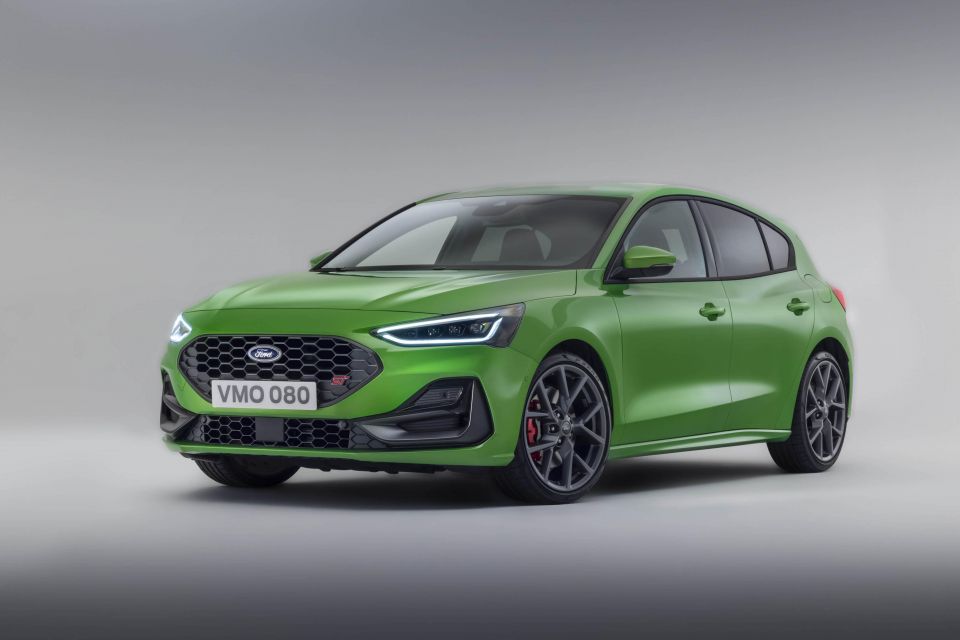
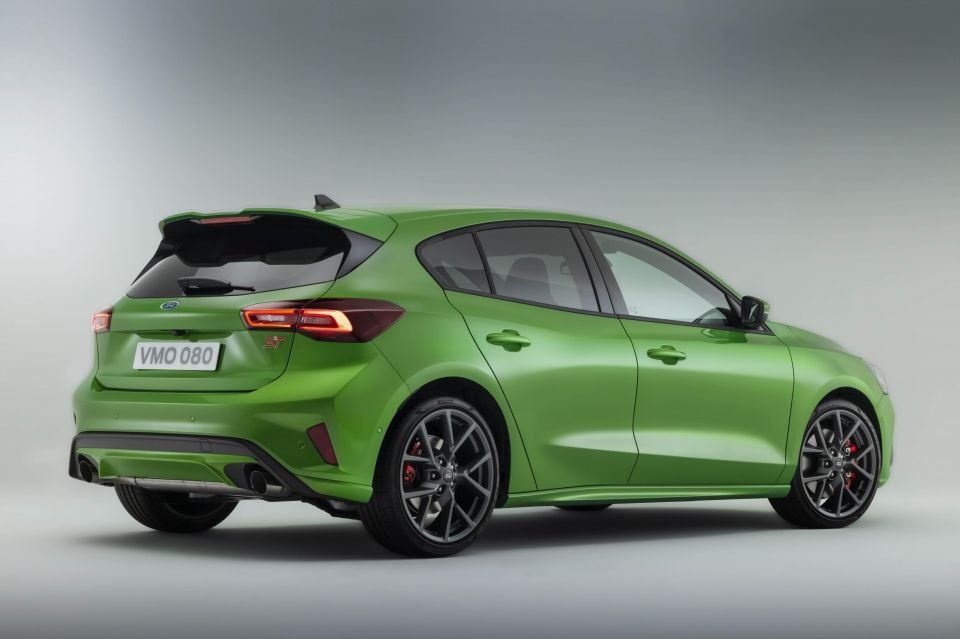
For 2022, the Focus will be available exclusively in ST and ST X hot hatch variants, both packing a 2.3-litre turbocharged four-cylinder petrol engine with 206kW of power and 420Nm of torque. It’s picked up an enormous 13.2-inch touchscreen infotainment system with wireless smartphone mirroring and has received a series of visual tweaks inside and out.
Now that it’s been shorn of mainstream variants, it’s highly likely Focus sales will drop again next year as the rival Renault Megane’s did when it lost its non-performance trims. Year-to-date, the Focus is sitting at 647 sales and just 0.8 per cent share of the small car segment. Setting aside discontinued models, that puts it above only the Hyundai Ioniq, Megane and Prius.
The Focus is a niche player but if you’re after a hot hatch, it’s a genuinely brisk option with enjoyable handling. We hope people buy it or we fear we’ll lose what’s left of the Focus line-up.
MORE: Everything Ford Focus
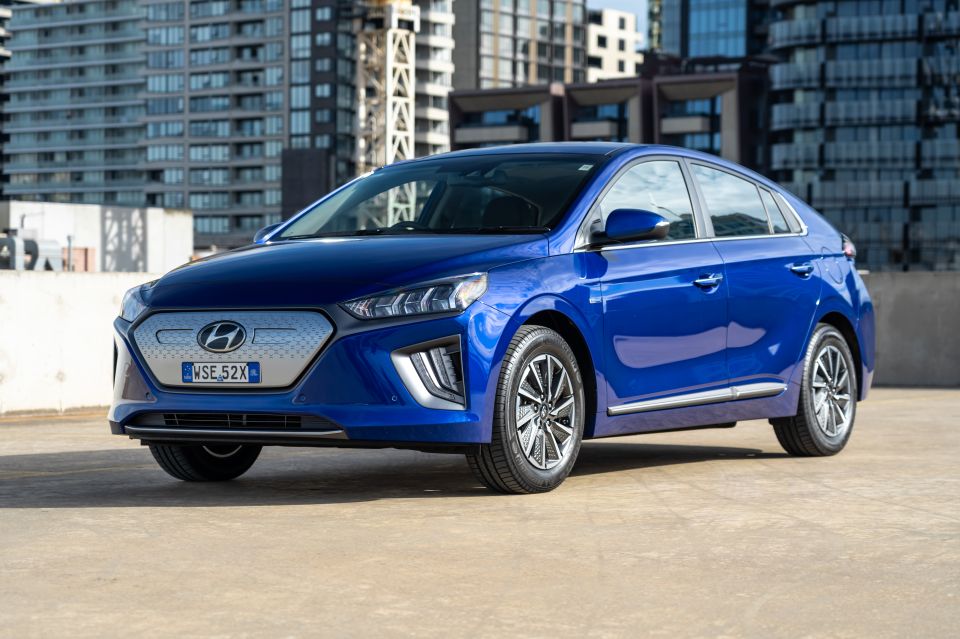
There are few cars on the Australian market that offer the powertrain variety of the Ioniq. You can choose between a conventional self-charging hybrid, a plug-in hybrid, or a full-electric version. Unfortunately for Hyundai, Australians largely don’t know what a plug-in hybrid is, while EVs are a small (if growing) part of the market of which Tesla owns a sizeable chunk.
That means despite the variety on offer, Hyundai has sold only 310 Ioniqs this year, for 0.4 per cent share of the small car segment. MG has sold considerably more of its ZS EV alone, while Kia has sold 398 examples of the newly-launched, mechanically-related Niro crossover. That suggests the Ioniq’s hatchback body, though practical and inoffensive to the eye, isn’t what buyers are after.
The hybrid and plug-in hybrid use a naturally-aspirated 1.6-litre four-cylinder engine mated with a six-speed dual-clutch auto, electric motor, and a lithium-ion battery. Total system outputs are 104kW and 265Nm in both, with the PHEV offering a claimed 63km of pure-electric range under the more generous NEDC standard.
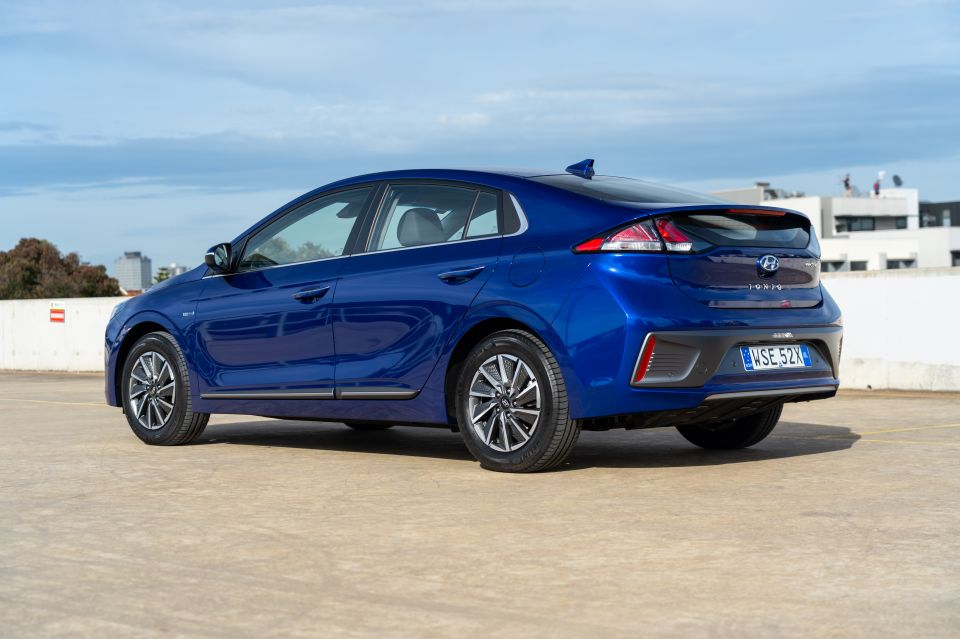
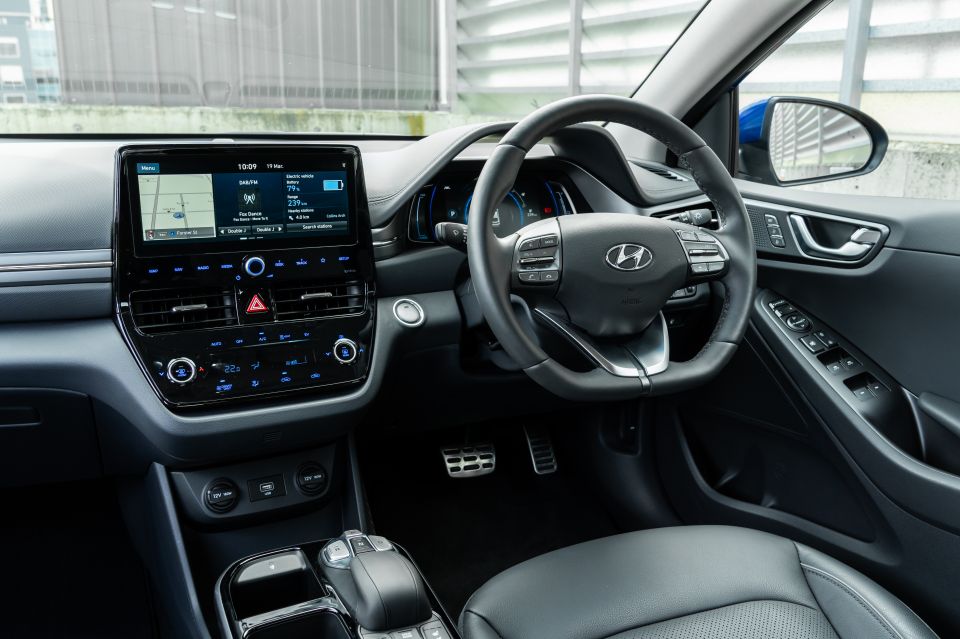
The Ioniq Electric has a front-mounted electric motor and a 38.3kWh lithium-ion battery. Total system outputs are 100kW and 295Nm.
The hybrid mightn’t offer much better fuel economy than a Toyota Corolla hybrid but for the extra outlay, you do get a better-packaged car that’s positively plush in Premium guise.
The Ioniq is better packaged than its in-house quasi-rival, the Kona Electric, while the plug-in hybrid has little direct competition beyond the Niro and Mitsubishi Eclipse Cross PHEV. But the hatchback range seems to be a little lost in the shuffle, with the Kona Electric and recently introduced Ioniq 5 getting more eyeballs.
MORE: Everything Hyundai Ioniq
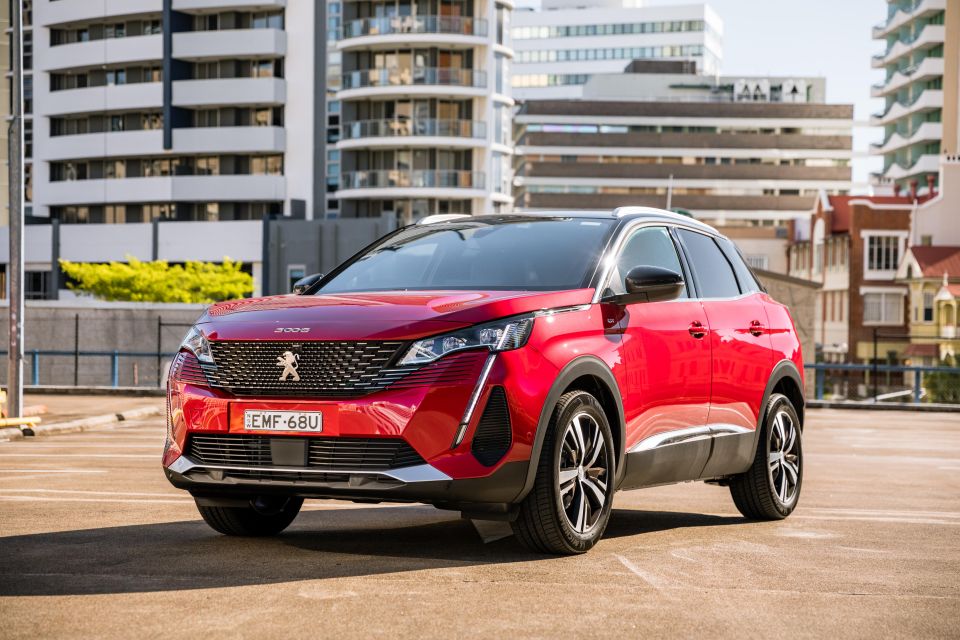

Everybody who I spoke to at the CarExpert Experience Centre was thoroughly impressed by the Peugeot 3008, particularly its stylish, well-appointed interior. So why is it this recently refreshed mid-sized SUV is still such a slow seller?
In fairness, the 3008 is doing better than it was last year, with a handsome mid-cycle update appearing to help sales. But Peugeot has sold only 861 so far this year, accounting for 0.7 per cent of the mid-sized SUV segment; the stretched, three-row 5008 is performing even worse, with 140 sales and just 0.1 per cent share.
Pricing could be a sticking point. The upscale interior and long equipment list goes some way to justifying a price premium over the Korean and Japanese establishment, but even a base 3008 is priced at the high end of a rival mid-sized SUV’s model range while the 5008 is priced up against the likes of the larger and more spacious Hyundai Santa Fe.
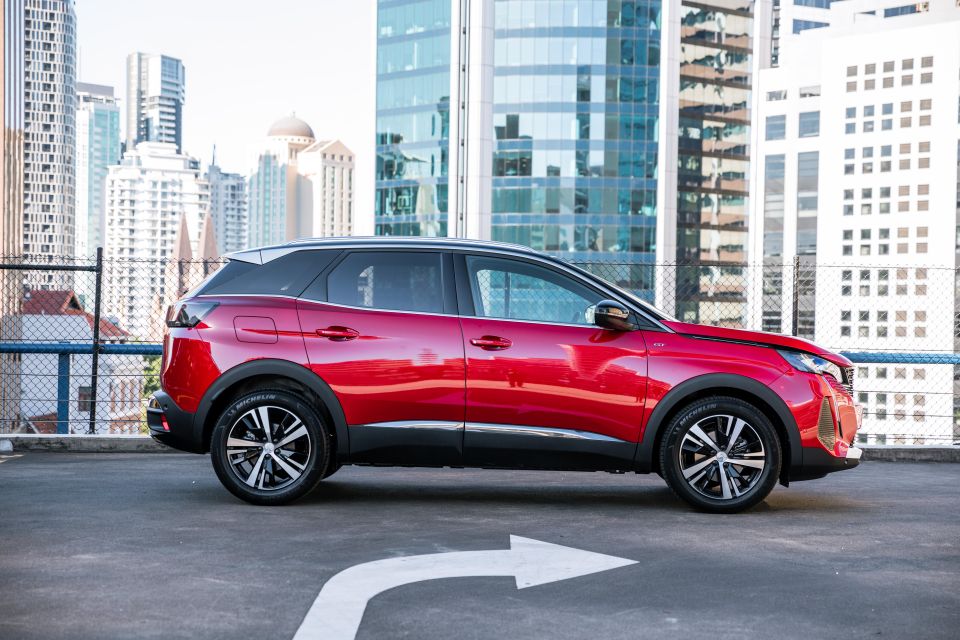
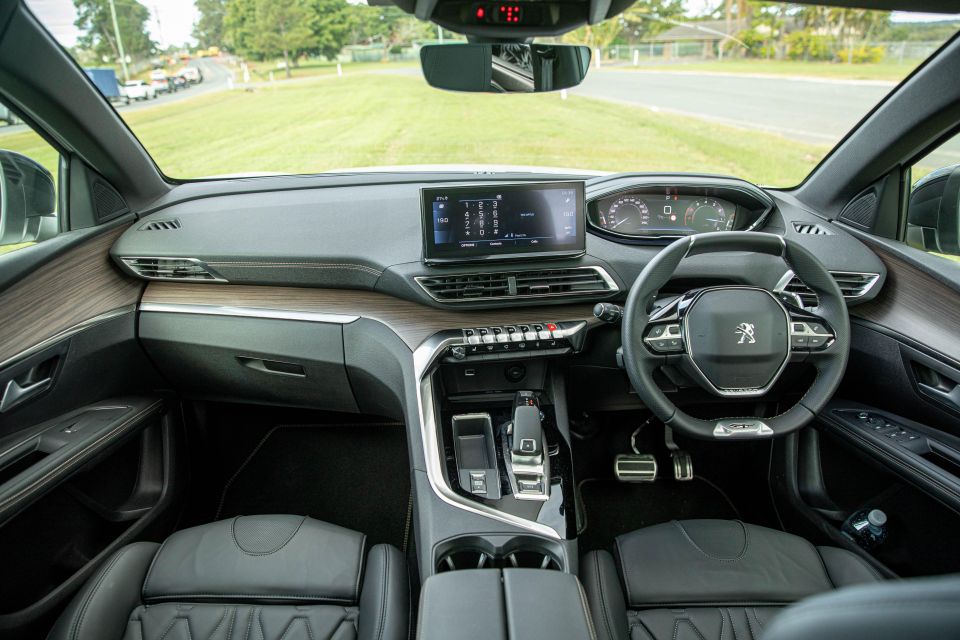
The 3008 and 5008 come standard with a turbocharged 1.6-litre four-cylinder engine producing 121kW of power and 240Nm of torque, mated to a six-speed automatic transmission. The 3008 GT Sport upgrades to an eight-speed auto and outputs of 133kW and 250Nm, while the 3008 GT and 5008 GT offer an optional 2.0-litre turbo-diesel four producing 131kW and 400Nm and mated to an eight-speed auto.
Neither the 3008 nor the 5008 are among the more powerful vehicles in this segment but they drive well, boast spacious interiors (though the 5008’s third row is for little kids only), and have genuine showroom appeal with their stylish exterior and cabin.
While we’re talking Peugeots, the 508 fastback and wagon are easily the most stunning mid-sized cars on the market… but Peugeot has sold only 89 this year, just 0.6 per cent of the declining mid-sized car segment.
MORE: Everything Peugeot 3008 MORE: Everything Peugeot 5008

The Renault Koleos mightn’t be the best mid-sized SUV, but it surely doesn’t deserve to be outsold by 10-to-1 by the Nissan X-Trail. That’s because the Koleos is essentially the current X-Trail’s twin under the skin, sharing its platform and powertrain and cloaking it with trendier, more European styling.
Renault has sold just 1200 so far this year, for precisely one per cent share of the mid-sized SUV segment. It’s showing its age in some ways – the infotainment is a bit finicky, while its powertrain can be noisy when pushed.
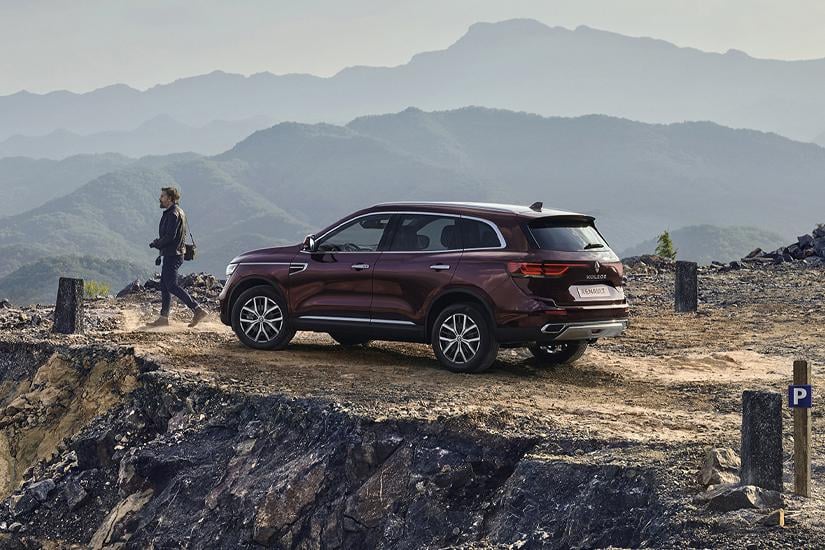
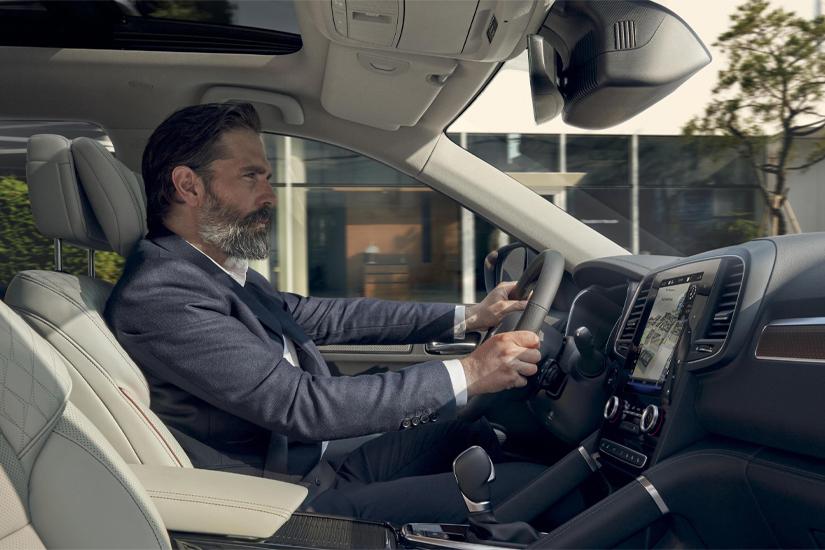
There’s also been no word on when this South Korean-built crossover will be replaced, even though a new X-Trail will arrive in 2022, sharing its platform with the redesigned Mitsubishi Outlander due before the end of 2021.
The Koleos range is powered by a naturally-aspirated 2.5-litre four-cylinder petrol engine producing 126kW of power and 226Nm of torque and mated to a continuously-variable transmission. That’ll be familiar to anyone who’s driven an X-Trail.
If you’ve tested the X-Trail and liked it but been quoted an unpalatable waiting time, it’s worth checking out a Renault dealership. This is no segment benchmark but it’s a broadly competent SUV that you might be able to get your hands on sooner rather than later.
MORE: Everything Renault Koleos
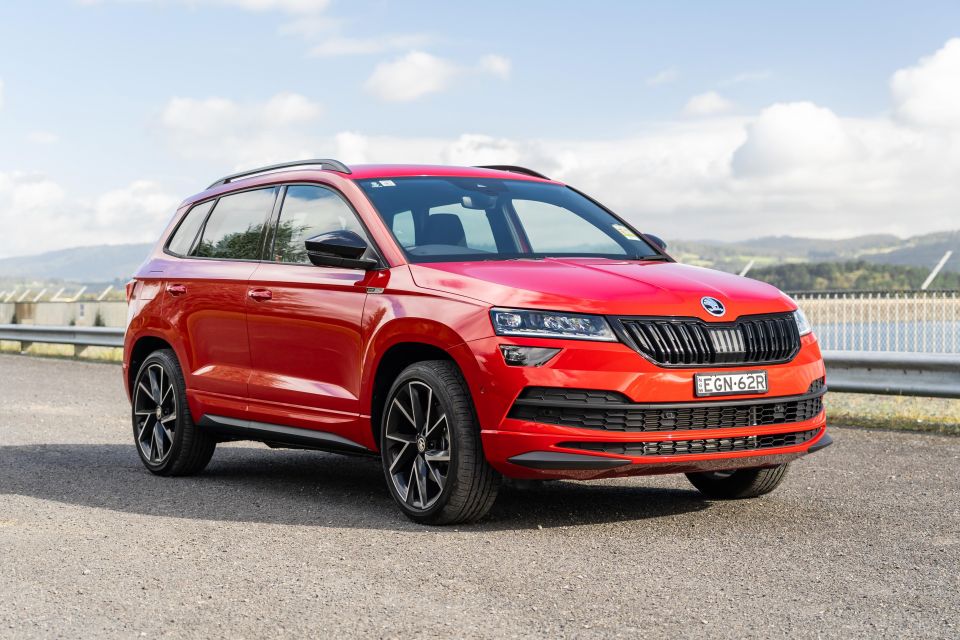
The Karoq is the Jan Brady of the three Skoda SUV sisters. It sits in between the fresh-faced Kamiq and the aesthetically-gifted Kodiaq, and seems to be perennially overlooked.
Year-to-date, Skoda has sold 1323 Karoqs, or 1.1 per cent of the mid-sized SUV segment that it’s classified as being part of. The Kodiaq, which is transitioning to an updated model, has registered 1568 sales or 1.8 per cent of the large SUV segment, while the Kamiq, which was only launched in 2020, has 1783 sales and 1.9 per cent of the small SUV segment.
For what’s ostensibly a mid-sized SUV, it has a small external footprint – it measures 4382mm long, or 233mm shorter than a Toyota RAV4. But the Karoq still has a spacious and practical interior, with the base 110TSI boasting removable VarioFlex rear seats.
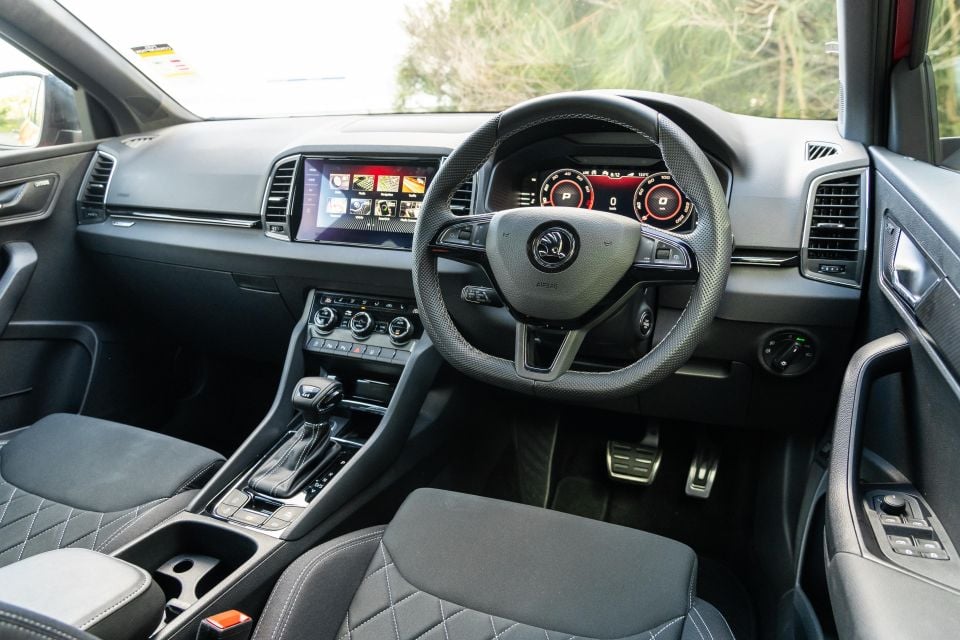
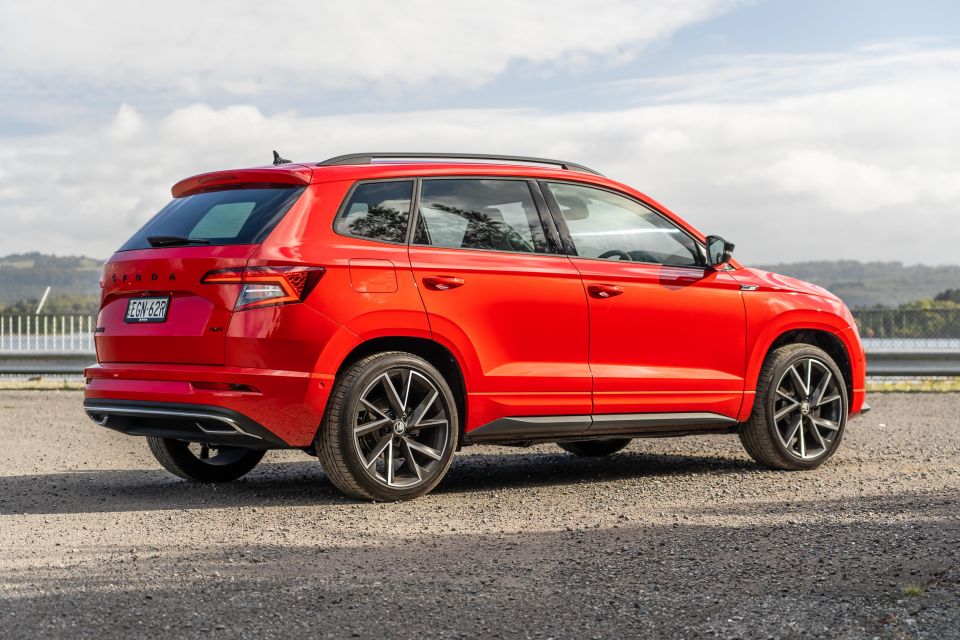
Just two models are available, each with various available option packages. The 110TSI uses a 110kW/250Nm turbocharged 1.4-litre four-cylinder engine with front-wheel drive and an eight-speed torque converter automatic, while the 140TSI Sportline upgrades to a 140kW/320Nm 2.0-litre with all-wheel drive and a seven-speed dual-clutch auto.
It’s not perfect. Skoda may make some surprise-and-delight features standard but it still insists on stashing away important active safety technology in option packages.
The positives far outweigh the negatives with the Karoq, however, and it boasts polished dynamics and mature European styling inside and out.
MORE: Everything Skoda Karoq
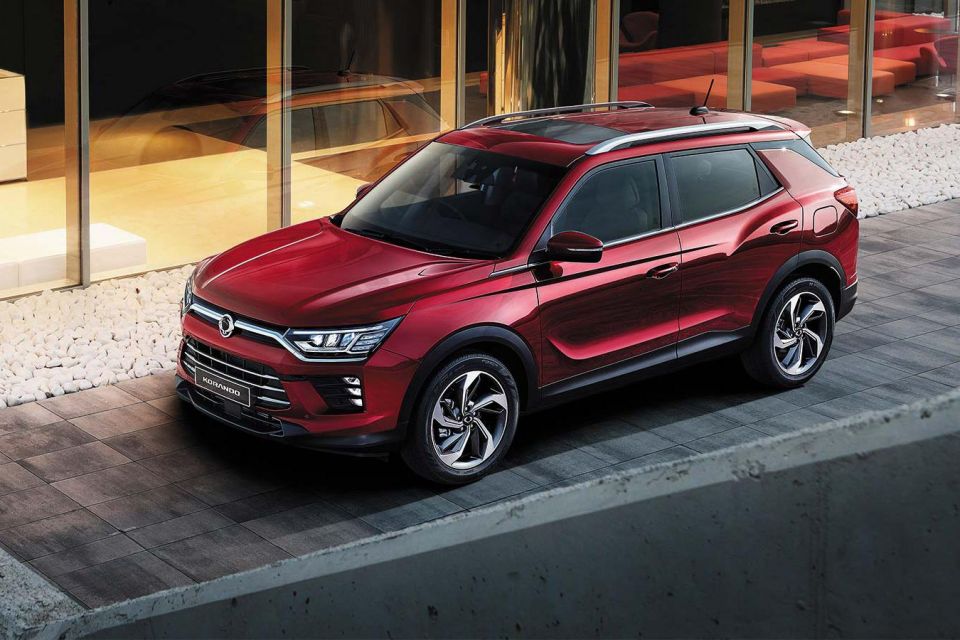
Sometimes it feels like nobody knows who SsangYong is, as though they’re some upstart, second-tier Chinese brand and not an established Korean brand that’s been selling vehicles in Australia for as long as Kia has.
Despite offering a range of vehicles in some of Australia’s highest-volume market segments, SsangYong only has 0.2 per cent share of the Australian SUV market and 0.8 per cent of the ute market. The genuinely likeable Korando is the biggest under-achiever.
The company has sold just 268 examples of its mid-sized SUV so far this year, only good for 0.2 per cent of the mid-sized SUV segment. Success has eluded the Korando despite its razor-sharp pricing and long list of kit, even as the H6 from lesser-known Chinese brand Haval has commenced a steep ascent up the sales charts and the Chinese MG HS similarly soars.
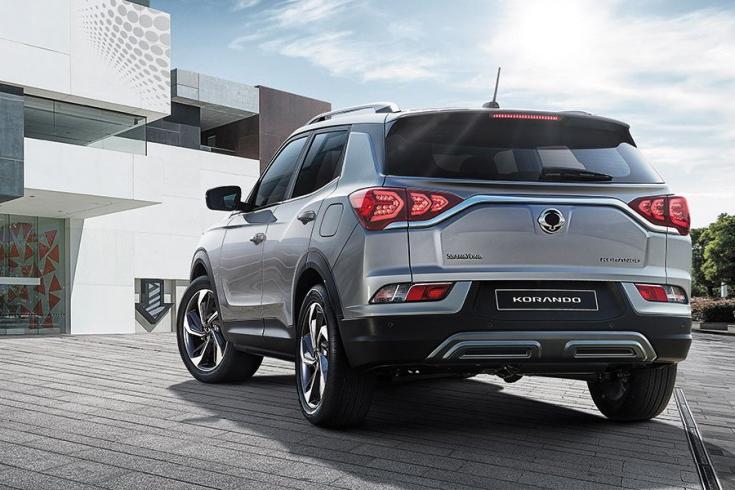
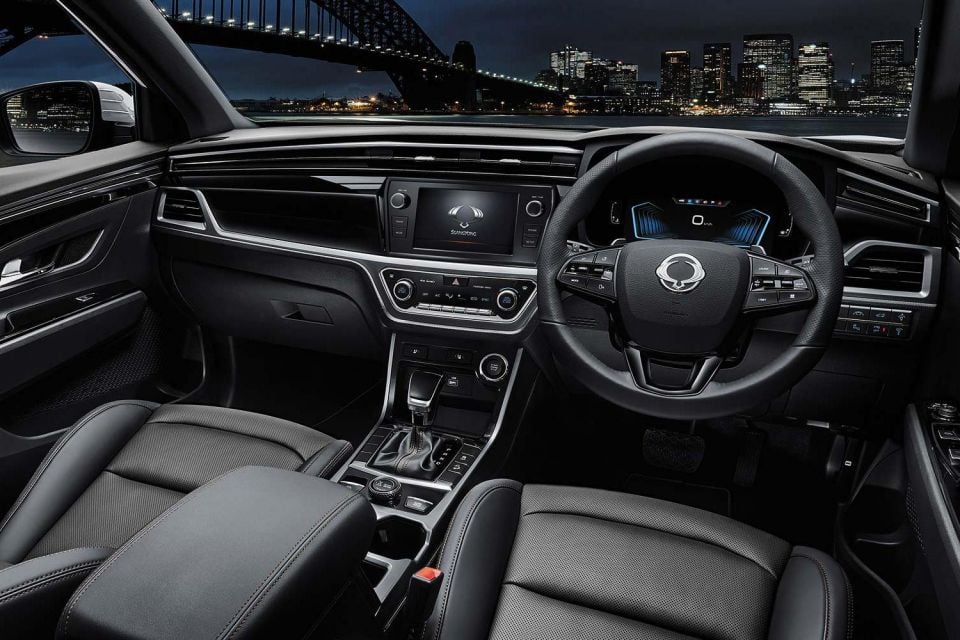
We understand why you might have reservations about buying a SsangYong, given the brand was cast aside by its corporate parent and is still in the process of securing a buyer (good news: it looks like it has one!) But we suspect most people haven’t even heard of the brand, or still associate it with ugly former models like the Stavic.
Pricing for the Korando starts at $29,990 drive-away – Chinese SUV territory – and it’s powered by a turbocharged 1.5-litre four-cylinder petrol engine with 120kW of power and 280Nm of torque, sent through the front wheels; an all-wheel drive diesel variant is also available in top Ultimate grade.
The engines are torquey, the driving dynamics pleasant, and it’s backed by a seven-year, unlimited-kilometre warranty. If you’re willing to take a chance on an upstart Chinese brand, a SsangYong isn’t exactly a larger leap of faith.
MORE: Everything SsangYong Korando
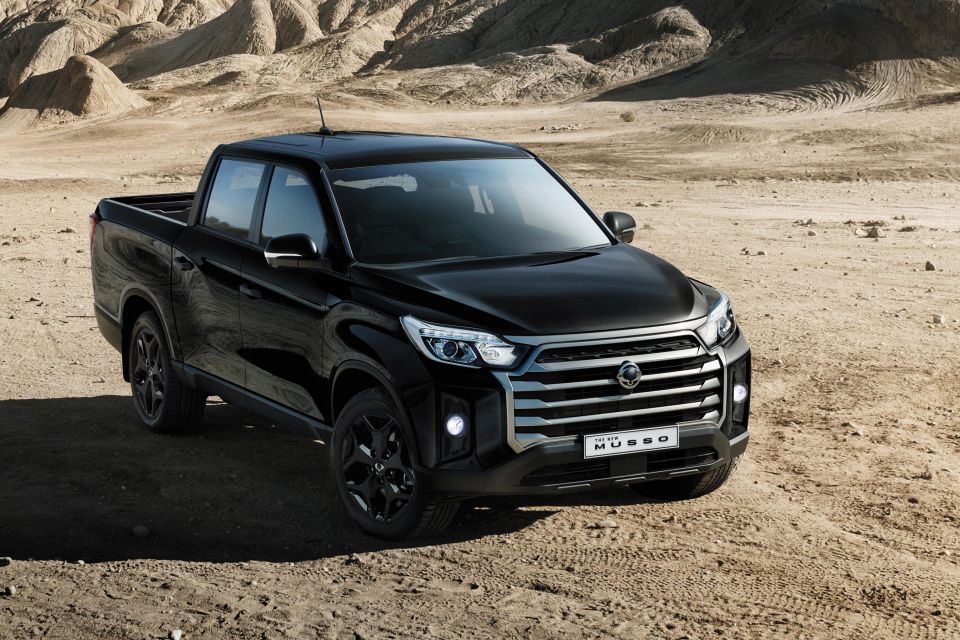
It’s the story of SsangYong’s life. They plug away at the Australian market for years to little avail, and then along come some Chinese rivals which storm past them on the sales charts.
Year-to-date, SsangYong has sold just 1384 Mussos, or just 0.9 per cent of the 4×4 ute segment. That’s behind the LDV T60 (5187) and the GWM Ute (5158), both of which have 3.5 per cent shares of the segment.
The current Musso is far removed from the old Musso Sports and Actyon Sports utes of yore, with a high-quality and refined cabin and pleasant road manners. The regular-length Musso and extended Musso XLV have also recently been treated to a mid-life upgrade, distinguished by an enormous new grille.
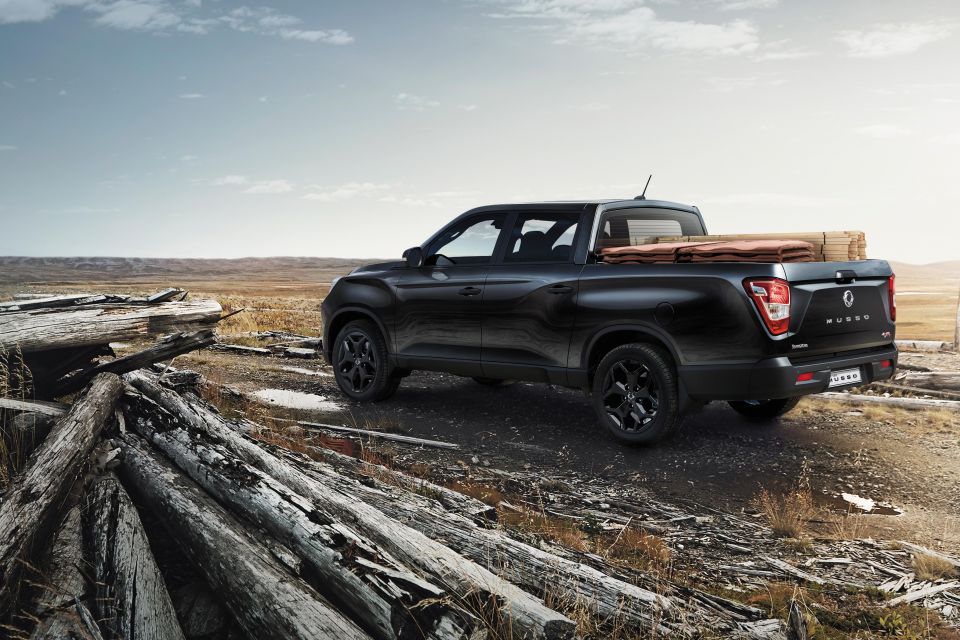
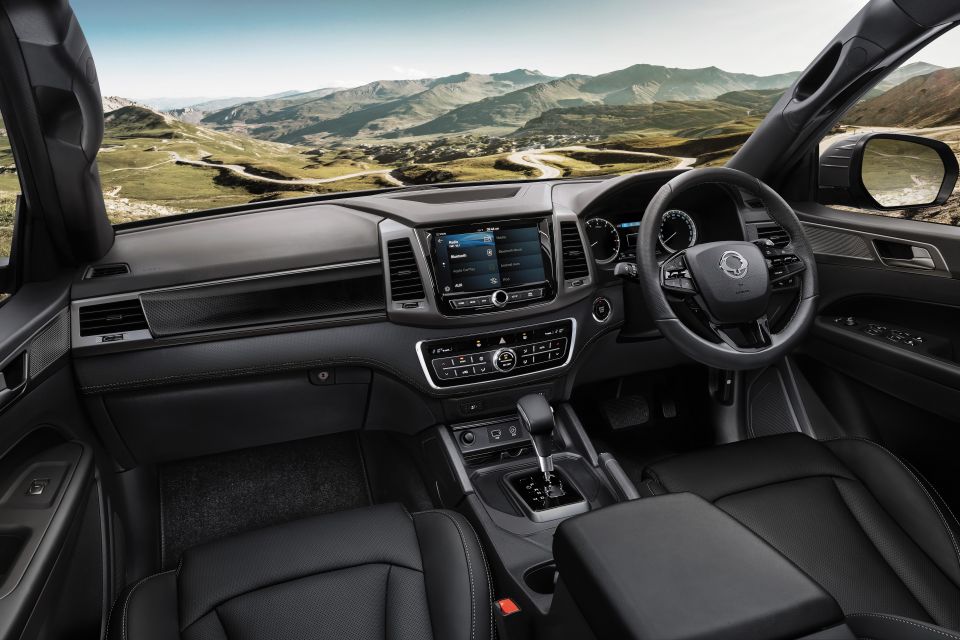
As before, the Musso has a coil-sprung rear suspension, while the non-Ultimate XLV has a leaf-spring setup. Power comes from a 2.2-litre turbo-diesel four-cylinder engine, making 133kW of power and 400Nm of torque in the regular wheelbase model; opting for the XLV bumps that torque figure up to 420Nm. All models boast a 3500kg braked towing capacity.
The Musso was derived from the Rexton, another perennially underappreciated SsangYong. Like the Rexton, there’s sharp pricing and a long features list, with the Ultimate packing heated and ventilated front seats even before you add the Luxury Pack – no, you won’t find ventilated seats in the likes of a Toyota HiLux or Ford Ranger.
Drive-away pricing starts at just $34,990, actually undercutting the cheapest GWM Ute 4×4, and there’s also a seven-year, unlimited-kilometre warranty and seven years of capped-price servicing to sweeten the pot.
MORE: Everything SsangYong Musso MORE: Everything SsangYong Musso XLV
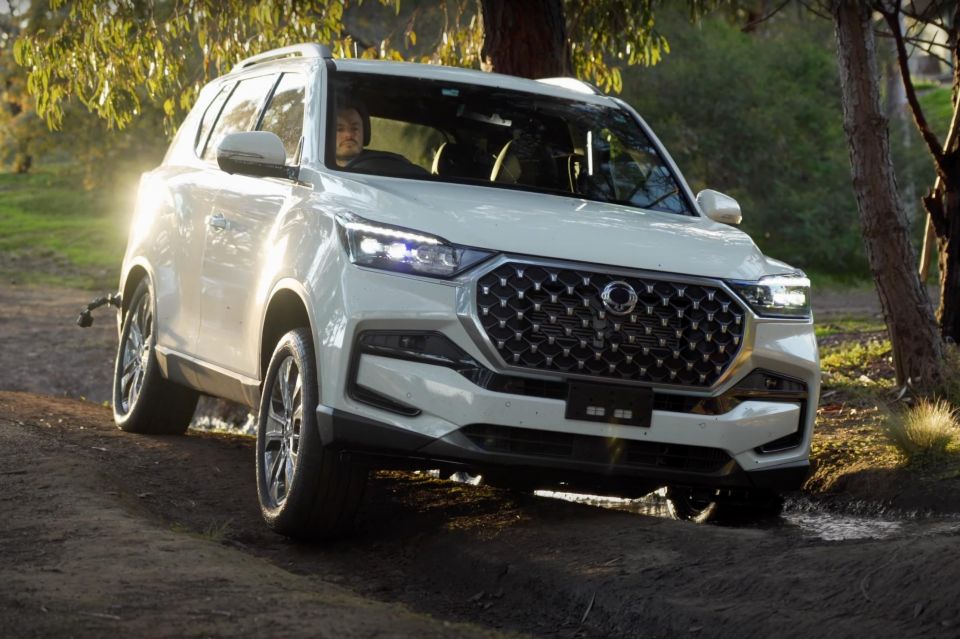
When you’re looking at large, body-on-frame SUVs, the usual suspects come to mind: Toyota LandCruiser Prado, Mitsubishi Pajero Sport, Ford Everest. But how about the SsangYong Rexton?
Like the related Musso, it’s been treated to a visual update for 2021 though it packs a more powerful 2.2-litre turbo-diesel with 148kW and 441Nm and an eight-speed (instead of six) automatic.
Braked towing capacity is a competitive 3500kg, while unbraked towing capacity is 750kg.

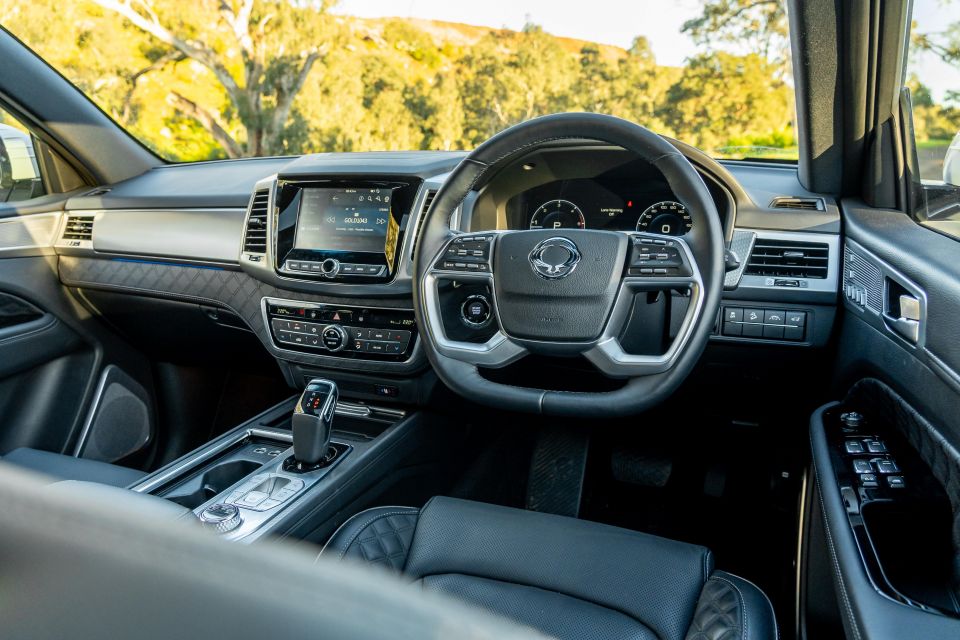
The updated range now lacks a price-leader petrol option, and opens at $47,990 drive-away. That still neatly undercuts rival large SUVs.
Buyers in the large SUV segment seem to be even more traditional than ute buyers, and the Rexton dwells in obscurity along with the Chinese Haval H9 and LDV D90, the latter of which offers an even more powerful turbo-diesel engine.
SsangYong has sold just 537 Rextons this year for a segment share of 0.6 per cent, versus 421 H9s and 1025 D90s.
William Stopford is an automotive journalist based in Brisbane, Australia. William is a Business/Journalism graduate from the Queensland University of Technology who loves to travel, briefly lived in the US, and has a particular interest in the American car industry.


Anthony Crawford
6 Days Ago


Matt Campbell
5 Days Ago


James Wong
4 Days Ago


Max Davies
2 Days Ago


Josh Nevett
1 Day Ago
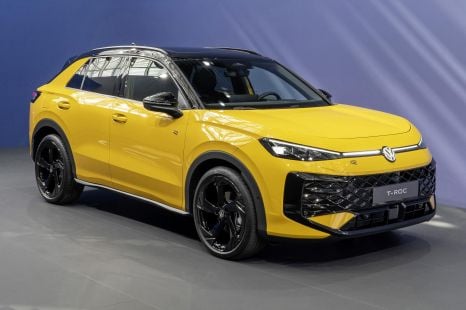

Derek Fung
13 Hours Ago